Top Docker Container Projects in 2024 for Learning
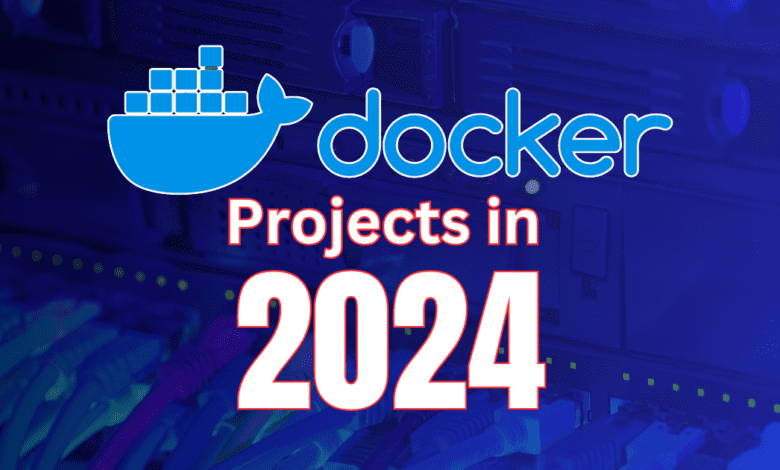
Looking at 2024, picking up new skills is probably on the minds of everyone in the world in the IT field. Learning new container skills is a great goal. In this article, let’s look at the top Docker container projects in 2024 for learning and see what projects you might set your sights on to learn more about containers, DevOps, and modern cloud-native infrastructure.
Table of contents
Why learn Docker?
The Docker container runtime is the de facto standard for containerization on many different operating systems. Most organizations use Docker in their environments, whether for running production services, or for development with a dedicated Docker host or number of hosts, or using Docker desktop as a development environment.
You can spin up development virtual machines. However, a virtual machine requires many more resources and performance to run than containers. Containers have many advantages. You can run multiple containers simultaneously using virtualization on a Docker host or on a Docker desktop with few resources.
Arguably, the most important reason to focus on learning Docker is that it is the foundation for understanding modern infrastructure and cloud technologies due to its efficiency and flexibility in running applications with automation, etc.
Top Docker container projects
So many great projects that use Docker are available for beginners and those who are more experienced. You may want to spin up a container for analyzing transactional data or to self-host your own machine-learning model or other data science projects. There is no end to ideas.
What are the top Docker container projects in 2024 for learning for beginners and even those more experienced with Docker frameworks? Note the following top Docker project ideas for this year to consider:
- Learn Docker Compose
- Learn Docker app stacks
- Learn how to build Docker images
- Learn Kubernetes and container orchestration
- Learn CI/CD pipelines with Docker
- Learn Docker security
- Learn how microservices and Docker technology go together
1. Learn Docker Compose
One of the key docker learning projects in 2024 is getting familiar with Docker Compose. Docker Compose has many benefits and is a way for a developer or DevOps engineer to codify running multiple Docker containers using a simple YAML file to describe them and then bringing these containers up together as a “stack” which we will talk about more in learning project 2.
Docker Compose allows orchestrating complex applications with multiple services. With Docker Compose, you can define and run multi-container Docker applications, making it easier to manage containers and their dependencies with other containers defined. For instance, your app container may depend on a database container.
Using the docker-compose.yml file, you can manage Docker containers much more easily. You can also specify things like storage, networks, image, mounted files, etc.
Check out my fun project here on how to InfluxDB and Grafana Docker compose configuration: InfluxDB Grafana Docker-Compose Configuration: Proxmox Monitoring Example/
Installing Docker Compose
To install Docker Compose we can use the following commands in the tutorial:
# Add Docker's official GPG key:
sudo apt-get update
sudo apt-get install ca-certificates curl gnupg
sudo install -m 0755 -d /etc/apt/keyrings
curl -fsSL https://download.docker.com/linux/ubuntu/gpg | sudo gpg --dearmor -o /etc/apt/keyrings/docker.gpg
sudo chmod a+r /etc/apt/keyrings/docker.gpg
# Add the repository to Apt sources:
echo \
"deb [arch=$(dpkg --print-architecture) signed-by=/etc/apt/keyrings/docker.gpg] https://download.docker.com/linux/ubuntu \
$(. /etc/os-release && echo "$VERSION_CODENAME") stable" | \
sudo tee /etc/apt/sources.list.d/docker.list > /dev/null
sudo apt-get update
## Install Docker and Docker compose
sudo apt-get install docker-ce docker-ce-cli containerd.io docker-buildx-plugin docker-compose docker-compose-plugin2. Learn Docker app stacks
The next section dovetails into the previous section using Docker Compose. With Docker Compose, you can stand up multiple containers comprising the Docker app stacks.
In 2024, Docker app stacks are at the forefront of Docker project ideas. These stacks enable the deployment of entire applications, encapsulating everything from the operating system to the application code. Understanding how to build and manage these stacks is essential for any Docker user, as it allows for the deployment of applications across multiple platforms and environments.
Many Docker tools exist to help get started with containers once you have Docker installed. If you are intimidated by the command line interface working with Docker and Docker Compose, Portainer is a great tool to build your Docker Compose file and run Docker commands using the Docker runtime.
Portainer provides a GUI user interface dashboard for working with Docker containers. There is a free community version of Portainer you can download. It helps visualize the Docker app stacks and makes it easy to use Docker Compose code to provision your containers. It also does things like monitoring, logging (visualizing logs), gathering metrics, adding container registry configuration, managing networking, etc.
Take a look at my post covering the Portainer Docker Compose automation functionality: Portainer Docker Compose container automation.
Using the Stacks menu, you can paste in your code.
Also, Portainer includes App Templates, allowing you to have ala carte access to many different applications that are common and popular to host in Docker.
3. Learn how to build Docker images
Knowing how to build your own Docker images is a core Docker containers skill that will help you expand your knowledge of Docker. While you can download an almost infinite number of images from Docker hub, when you build container images, you can create customized images that fit your use case exactly with Docker engine, included prerequisites for your custom app.
A docker image serves as the basis for running a docker container. In 2024, make it a goal to better understand how to build a Docker container. This involves using a Dockerfile, understanding Docker build commands, and managing container vulnerabilities.
Take a look at my YouTube video here detailing building your own dockerfiles and a Microsoft IIS container in Windows Server:
4. Learn Kubernetes and container orchestration
The natural progression from learning about Docker and getting your feet wet with containers in general is Kubernetes. It is a solution that has had wild popularity, success, and adoption in enterprise and cloud computing environments. Kubernetes is a container orchestration engine that allows running containers at scale and with resiliency, high availability, scalability, and service discovery.
With Kubernetes clusters in your cloud environment, you can use load balancing to distribute the load across your Kubernetes nodes, ingress controllers for routing traffic to your services in the platform, and you can configure the scheduling of containers, replicas, and other aspects of the cluster.
There are many great ways to start learning Kubernetes. Note the following, some of which I have written about and have tutorials for. No matter which Kubernetes distribution you use, you will learn valuable skills.
- Minikube
- Microk8s
- k0s
- k3s
- Kubernetes with Kubeadm
Check out my post comparing K0s and K3s for home lab, etc: k0s vs k3s – Battle of the Tiny Kubernetes distros.
5. Learn CI/CD pipelines with Docker
Another very educational project to being learning is CI/CD pipelines. CI/CD pipelines are a core component of the modern development workflow. Most modern development processes make use of CI/CD for continuous integration and continuous development process. Learning this is a natural transition for Docker users and is one of the best Docker projects you can start to round out an understanding of modern development and microservices processes.
Below are a few screenshots of Gitlab as a CI/CD delivery productivity platform. However, there are many others that are popular, like Jenkins, etc. With CI/CD, you can integrate with GitHub code repositories and check in configurations, builds, and updates with versions of code and other benefits.
Take a look at my blog post here that will be a great start on how to get started with a CI/CD pipeline using GitLab: GitLab CI CD Pipelines for Home Lab: A Step-by-Step Guide.
Successfully running a pipeline in Gitlab.
6. Learn Docker security
Container security is a growing concern with more and more production workloads running in containerized environments. Container images often come from public repositories, making them questionable for supply chain attacks, malware, and other concerns.
To manage your docker containers securely, you need to understand the docker registry, private docker registry, and the various container vulnerabilities that might arise.
Docker Desktop is a really neat tool to start getting an idea about Docker container image security. You can view the Scout assessment of a container image.
You can also look at the vulnerabilities for container images in Docker desktop.
7. Learn how microservices and Docker go together
Organizations are moving away from the traditional legacy monolithic apps where you may have a major release every few months. Now, applications are broken into many little pieces and are composed of microservices instead.
Using Docker, you can deploy individual containers that form the components of the microservice architecture. This approach also aligns with continuous integration and deployment (CI/CD) concepts mentioned in number 5.
Getting familiar with Docker Compose and application stacks helps to wrap your mind around the benefits of microservices.
Wrapping up the top Docker container projects in 2024 for learning
Learning Docker containers is an essential first step into the world of containerization and cloud-native technologies for beginners to seasoned developers. Companies everywhere are using Docker solutions in place of VMs to host business-critical services and applications. As a result, containerization is everywhere. Gaining experience with Docker and other container-related technologies will take your expertise to the next level. Familiarizing yourself with the idea of containers and light coding with Dockerfiles and Docker Compose will help you get up to speed with ease.
One of the best training exercises combines reading documentation and other content like blogs and taking courses. But that is only part of the journey. Ultimately, a program of creating projects for yourself for tests, labs, and standing up all self-hosted services is something that helps you learn Docker troubleshooting skills working through issues and problems


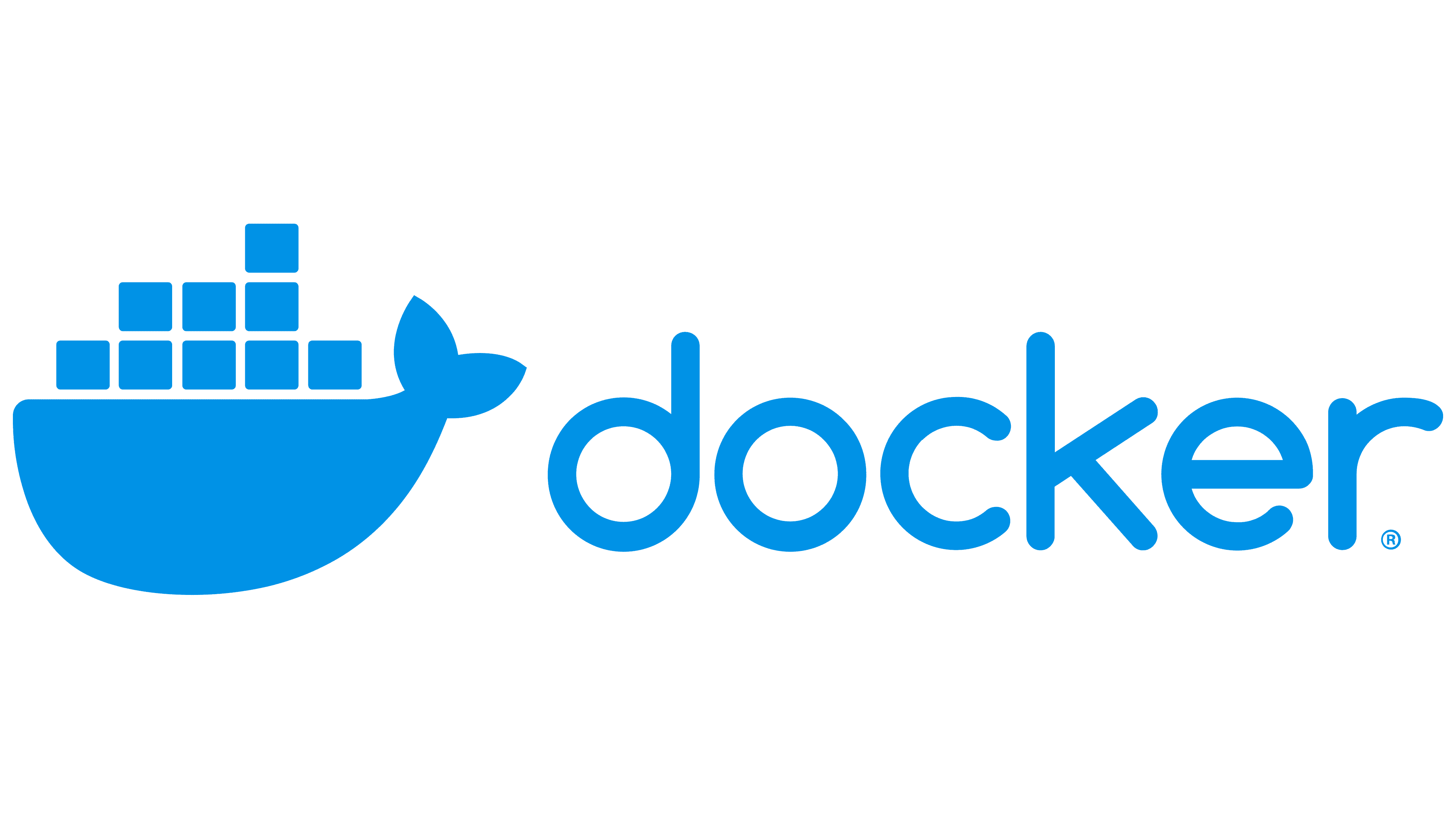
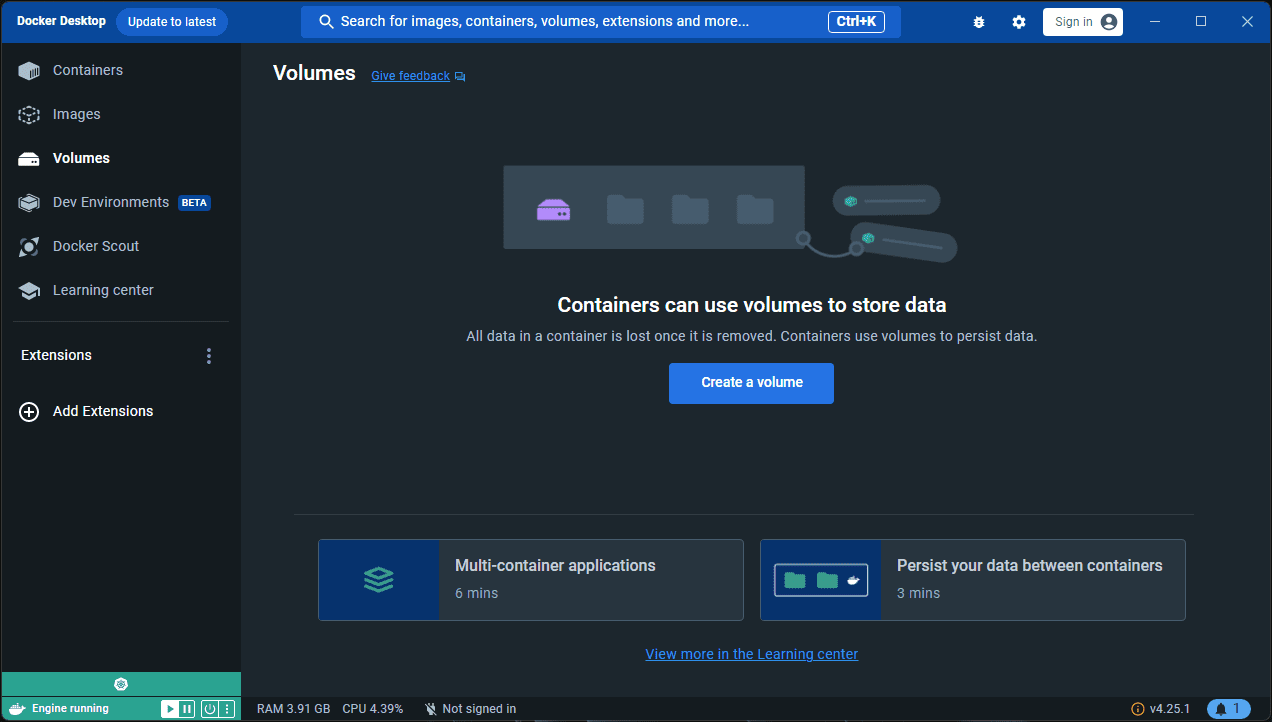
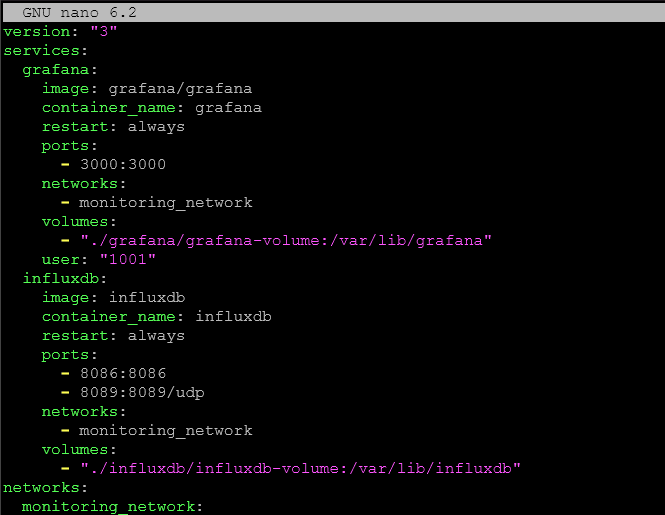
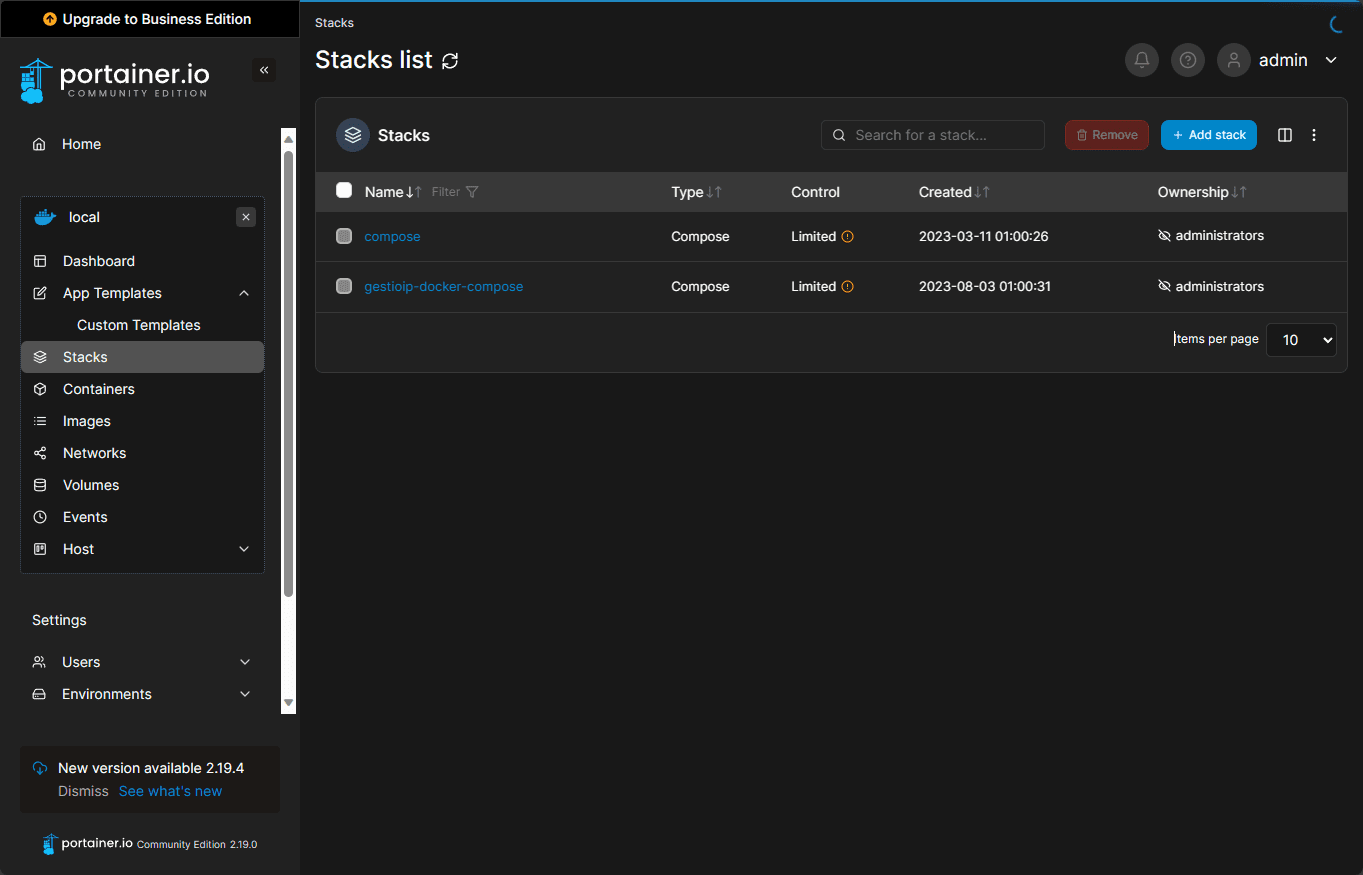
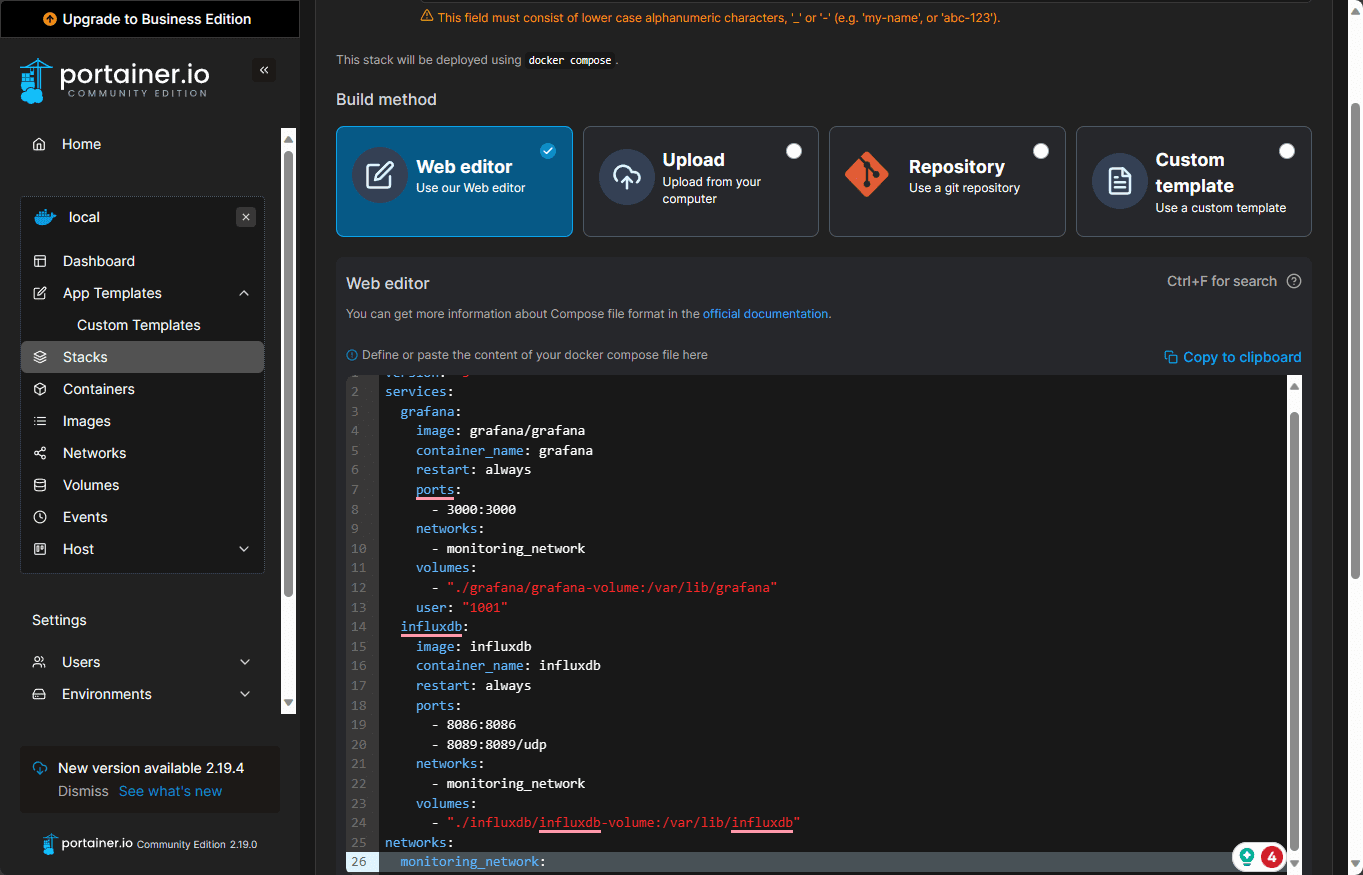
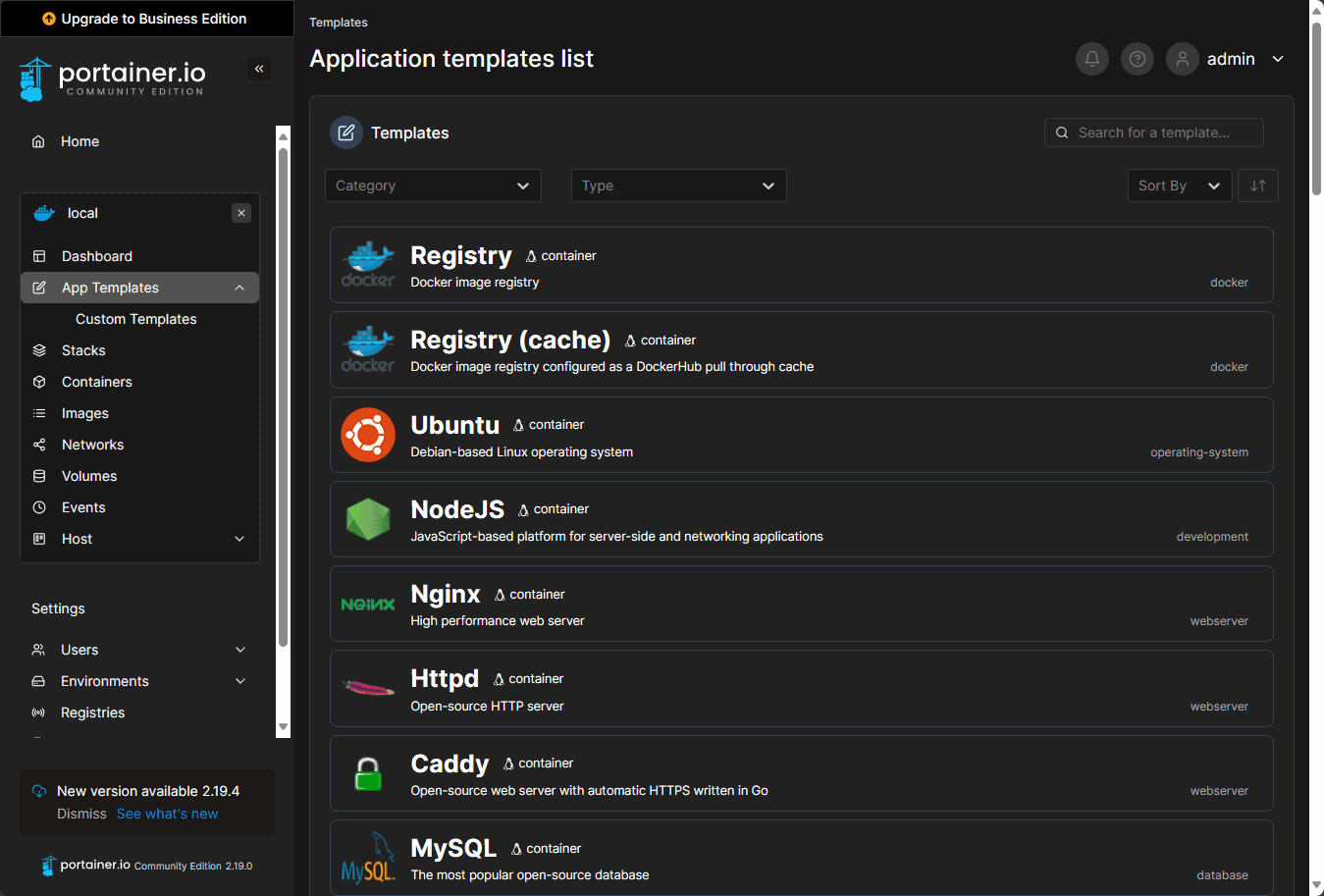

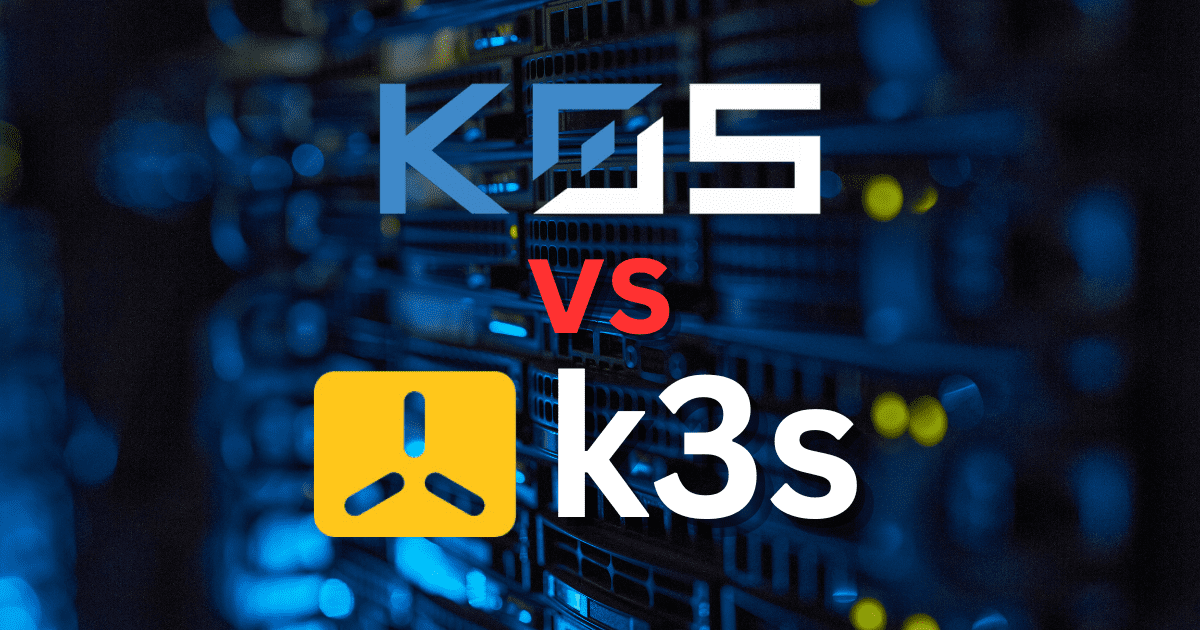

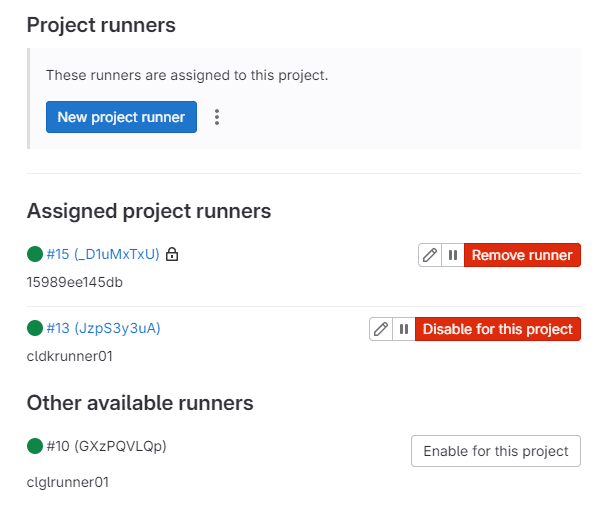
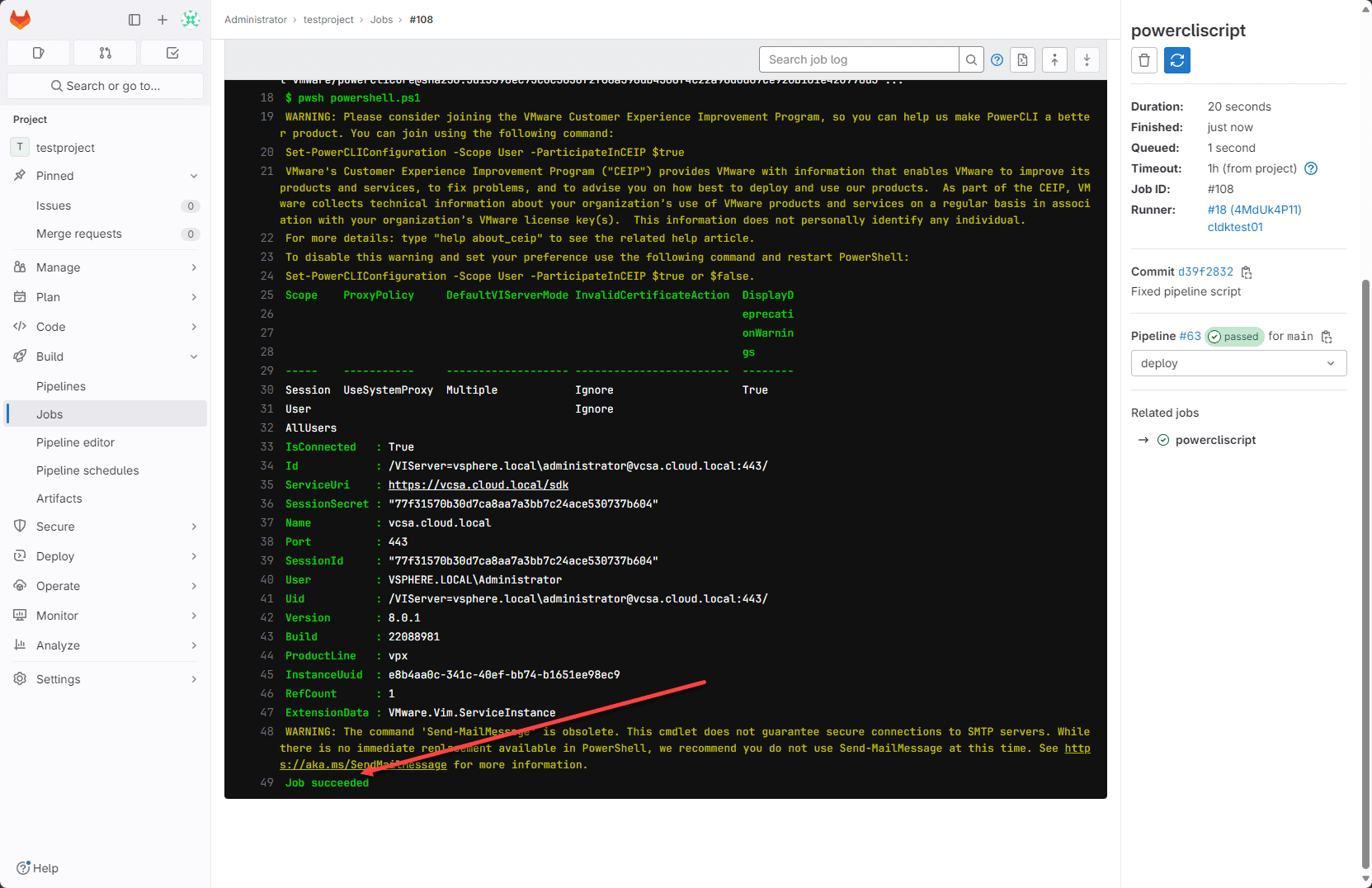
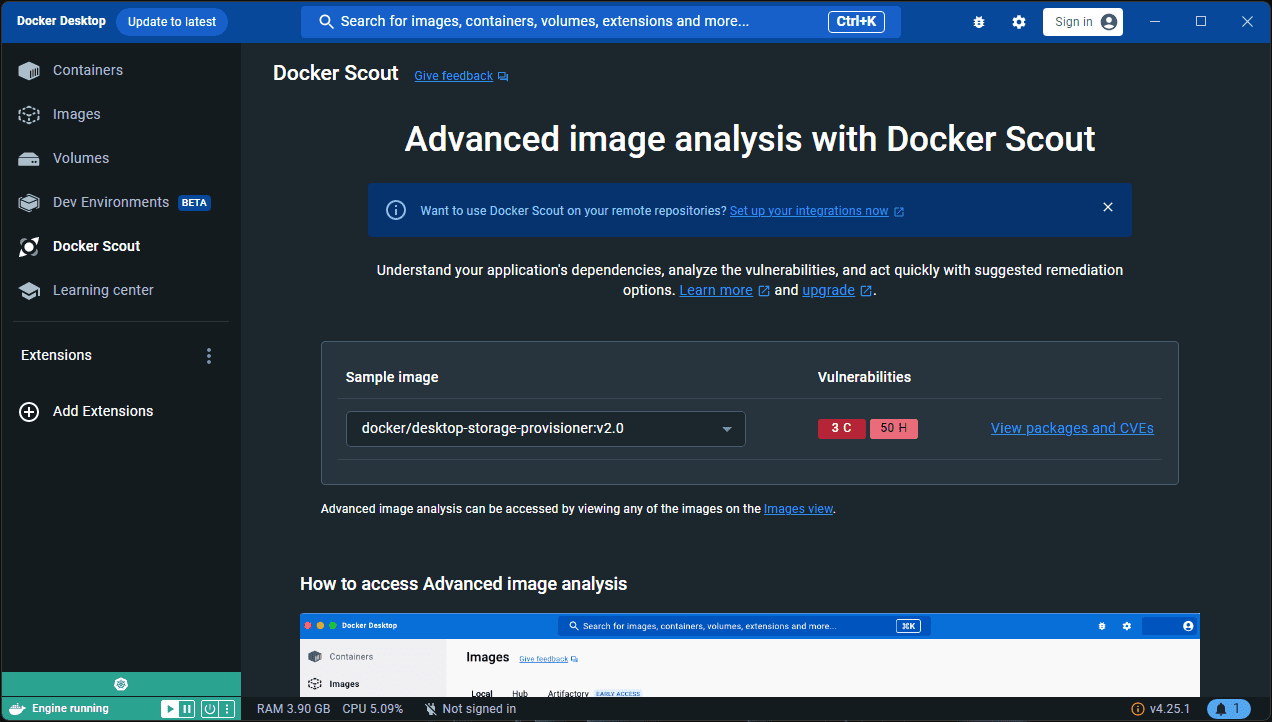
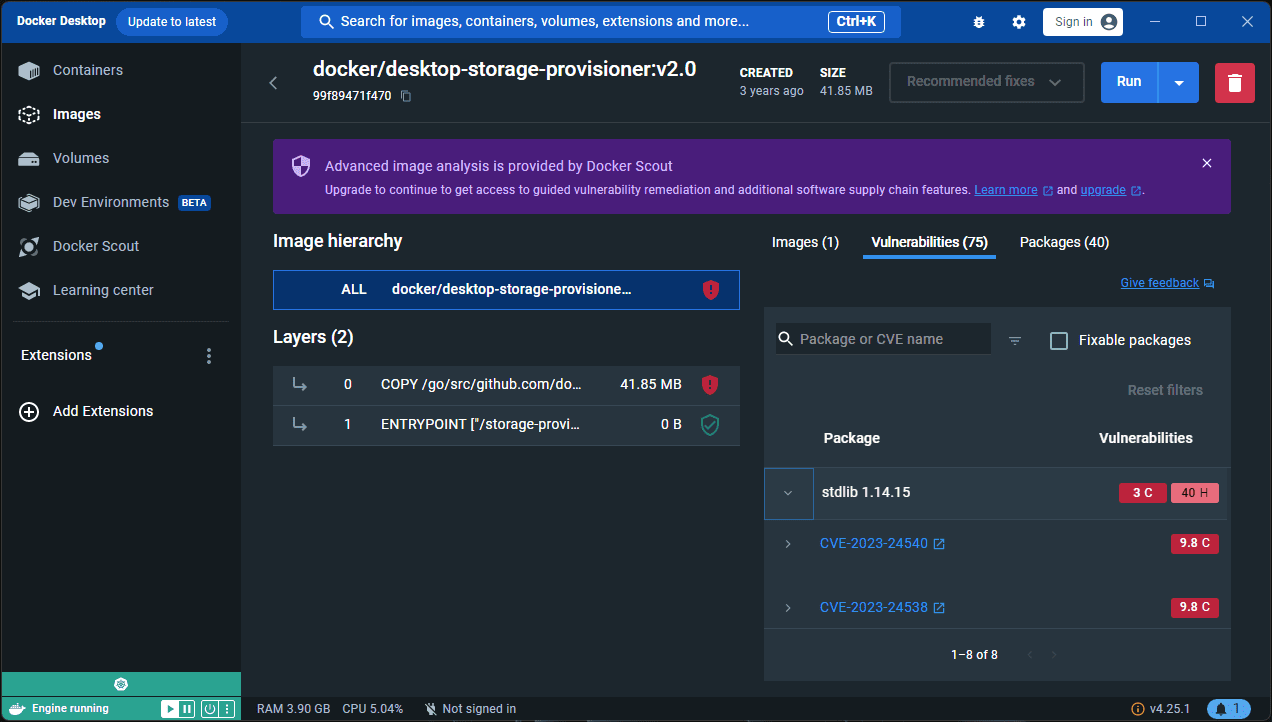


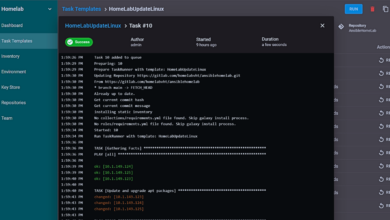
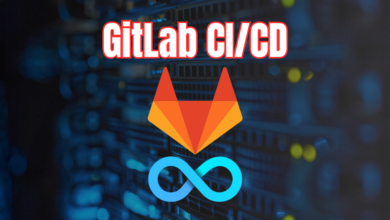
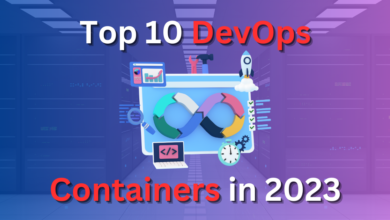



Excellent article Brandon! I like a lot. Thanks.
Excellent Carmelo! Thank you for the comment. Glad this is resonating with others!